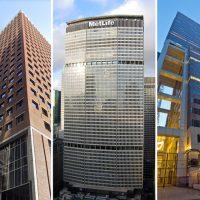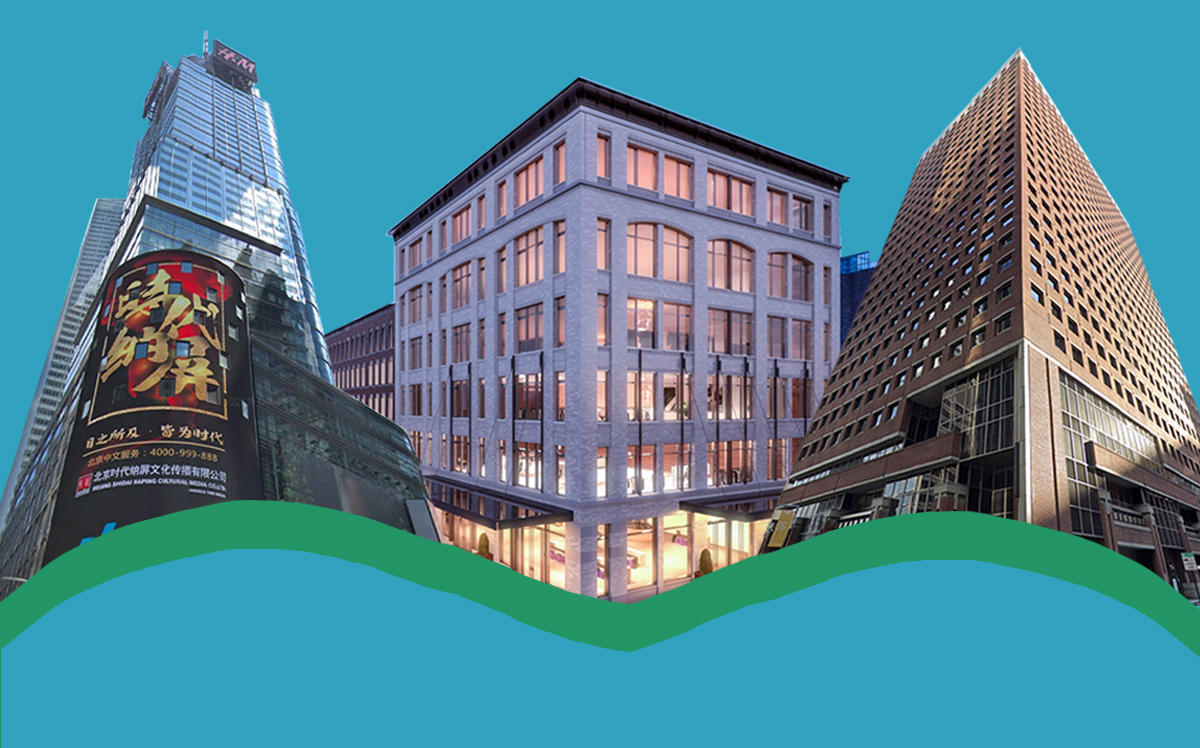When coronavirus slammed Manhattan’s office leasing market at the end of the first quarter, it was enough to drag quarterly leasing activity to a seven-year low. Now that numbers are out for the first full quarter in the shadow of Covid-19, things look even worse.
Manhattan office leasing activity in the second quarter of 2020 totalled just 3.18 million square feet, according to the latest quarterly report from Colliers International. That’s half what it was in the prior quarter and down 72 percent year-over-year. The total represented the slowest quarter for office leasing since 2009.
“Without a doubt, the second quarter of 2020 ranked as one of the most challenging periods in the history of the Manhattan office market,” Colliers senior managing director for New York research Franklin Wallach said in a statement.
“However, Manhattan’s asking rent average was resilient with only a slight decrease while sublet supply has so far held firm. Nonetheless, any prolonged effects of the pandemic on the office market will be revealed over the next several quarters,” he continued.
Investment sales have also slowed down dramatically, according to the report, with the second quarter seeing just 55 deals totalling $4.3 billion, down from 237 deals totalling $14.6 billion a year prior.
“We are currently in a bit of a liquidity crisis where pockets of tenants in certain asset classes have struggled to pay rents due to Covid-19,” Colliers managing director for capital markets Andrew Jacobs said. “The inevitable market correction will create opportunity for value-seeking investors.”
While leasing activity inched up month-over-month in both April (1.35 million square feet) and May (1.42 million), that momentum wore off in June, which accounted for the remaining 410,000 square feet of activity in the quarter.
As usual, leasing was led by firms in financial services, insurance and real estate (FIRE, 37 percent) and technology, advertising, media and information services (TAMI, 22 percent) sectors. Co-working firms in particular leased just 77,000 square feet of space in the quarter, the lowest figure for the industry since 2013.
The Midtown submarket saw 1.88 million square feet in leasing activity in the quarter, down 52 percent year-over-year. The largest deal of the quarter in Midtown was video-sharing app TikTok’s 232,000-square-foot lease at the Durst Organization’s 151 West 42nd Street in Times Square, also known as One Five One.
Without any six-digit deals to speak of, the Midtown South submarket saw leasing activity collapse 87 percent year-over-year to just 640,000 square feet. The submarket’s largest deal went to dating app company Match Group, which signed a 41,000-square-foot lease at Aurora Capital Associates and William Gottlieb Real Estate’s 60-74 Gansevoort Street.
Downtown was home to the largest lease of the quarter, with the U.S. Securities and Exchange Commission taking up 241,000 square feet at 100 Pearl Street, formerly known as 7 Hanover Square. Nonetheless, leasing activity in the submarket fell 73 percent year-over-year to 660,000 square feet.
The limited leasing activity led Manhattan’s overall availability rate to increase 0.4 percentage points to 10.6 percent, the highest since early 2015. An availability rate of 10 percent is considered to represent market equilibrium. Meanwhile, sublet availability held at 2.3 percent.
Read more



